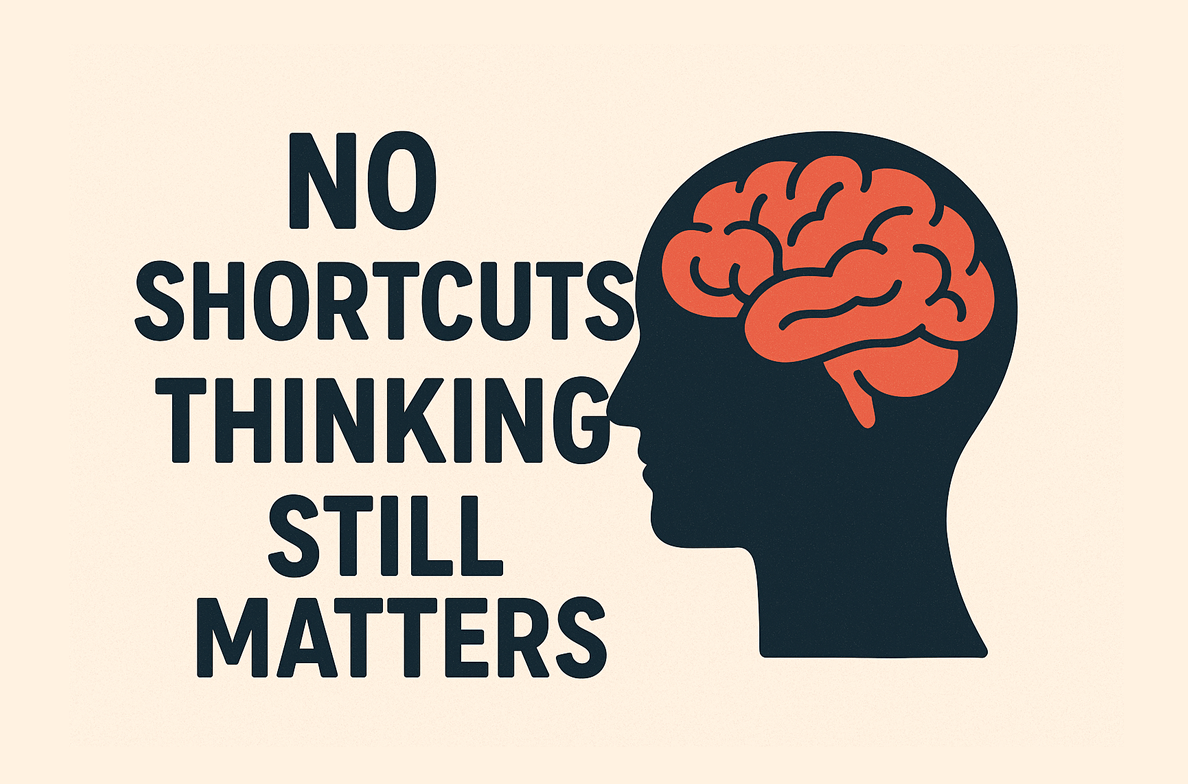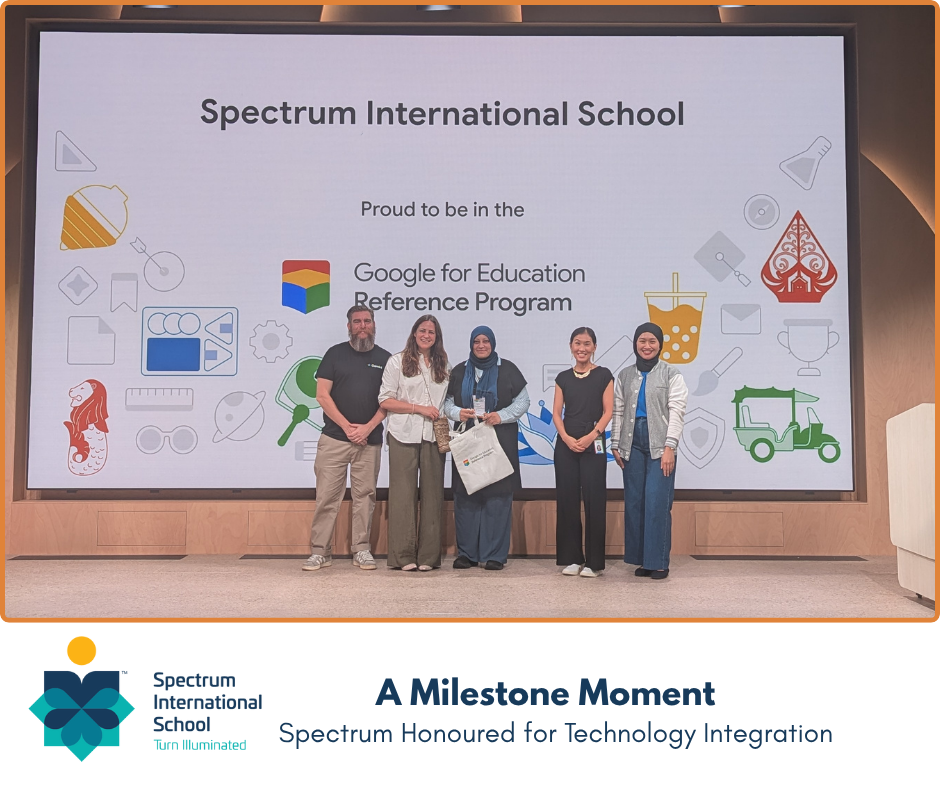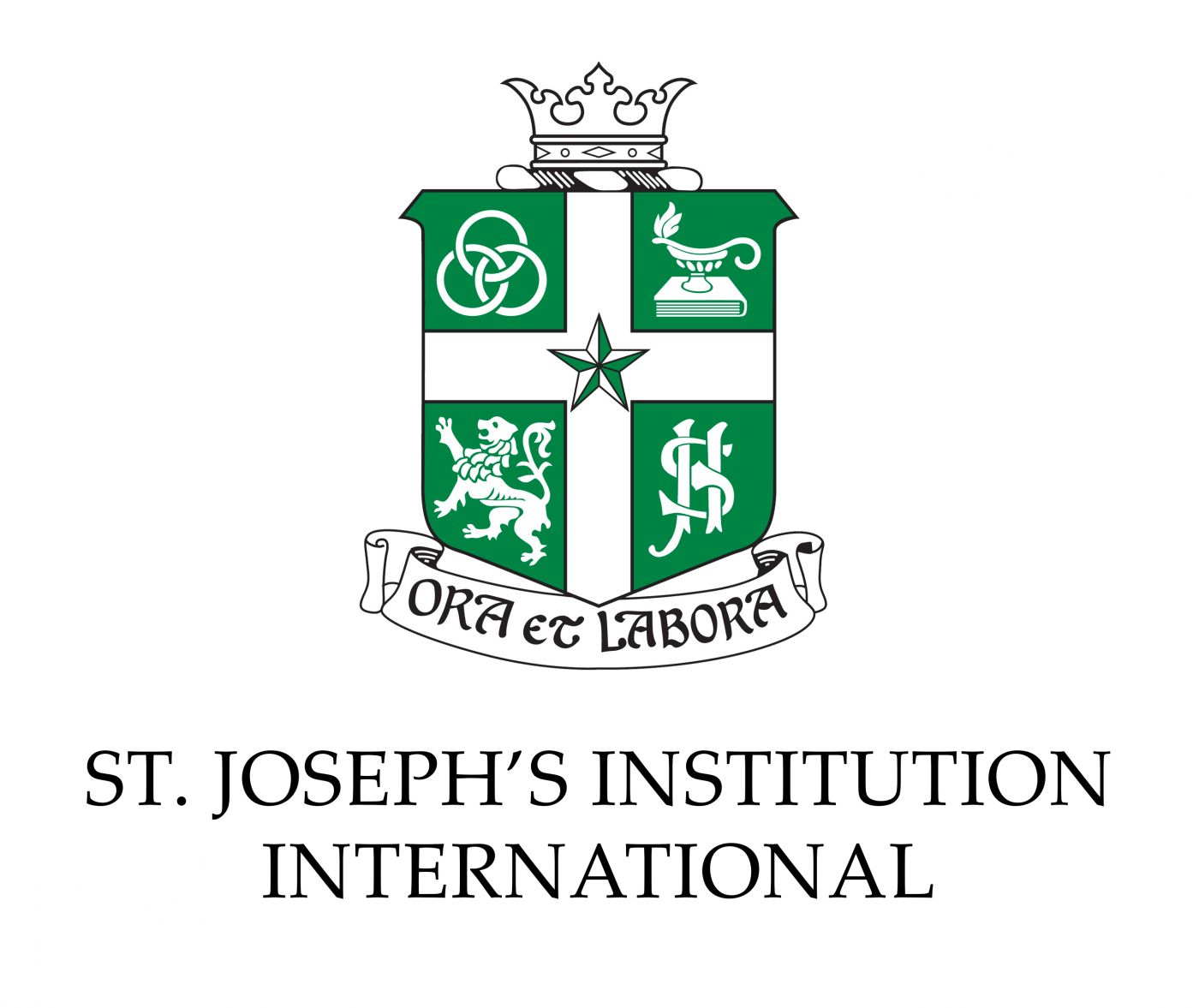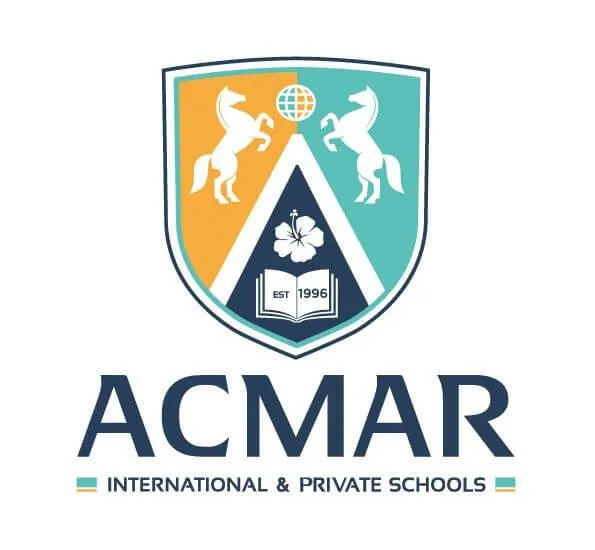Dr. Abdul Aziz bin Abu Hassan, Committee Member of Persatuan Dyslexia Malaysia, explains what dyslexia is all about and the remediation programme carried out at Persatuan Dyslexia Malaysia.

Dyslexia is a specific learning disability (or difference) on letter recognition, phoneme awareness, spelling, reading or comprehension. The incidence of dyslexia for any given population ranges from 15% to as high as 25% or one in four people. Despite the high incidence, awareness is low as the children affected appear normal and often are rather intelligent as they have no problems communicating verbally.
One of the foremost signs of dyslexia is that the children have difficulty identifying letters; the most common one is the confusion with the letters b, d, p and q. They also have difficulty writing these letters. Another typical sign is seen in the sense of direction, a tendency to confuse the left with the right. For example, they would wear the right shoe on the left foot. They are also likely to be inclined towards the arts, for example, drawing, dancing or singing rather than towards the logical or analytical skills.
Dyslexia is hereditary but can skip three generations. It is not a disease but a miswiring of the connections of the synapses of the right brain especially the parts of the brain pertaining to language located on the left side of the brain.
Persatuan Dyslexia Malaysia ( The Malaysian Dyslexia Association)
Persatuan Dyslexia Malaysia (PDM) is an NGO which began operations with one centre in 1999 with six students. Since then PDM has grown to more than 10 centres with each centre remediating at least 25 students every three months. The Klang Valley has the most number of centres (25 in all) in Malaysia.
The remediation programme is a three-month one teaching three subjects, that is, Mathematics, Malay and English with a morning session (8:30am -12:30pm), and an afternoon session (1:00pm -5:00pm). PDM also has a weekly Saturday session for its graduates.
There are three levels of teaching: Beginners, Intermediate and Advanced. In the Beginners class students are taught letter and phoneme recognition and also the writing of the letters. In the Intermediate class, students are taught how to blend 2, 3, 4 or more phonemes in order to begin to spell and read. Only when they have mastered spelling and reading will they be upgraded to the Advanced class where they learn to write sentences and how to comprehend what is written. It is in this class that the students will spend most of their time as this will be their most difficult task when they return to their normal class in school. Most dyslexics do not have difficulty in expressing themselves orally but have a tough time expressing themselves in written form.

As noted above, the programme is three months long and the only subjects taught are Bahasa Melayu, English and Mathematics. Mild dyslexics would spend probably around three months in the programme and probably more time in the intermediate and advanced classes. It usually takes six months or more for moderate and severe dyslexics with the latter taking as long as one year.
The success rate of our remediation programme is almost 100%; almost only because it might take more than a year for severe dyslexics.
Our 13 centres accommodate, on the average, 25 students, per quarter or 100 students per year. On average, our programme at our 13 centres cater for 1,300 students per year.
The programme costs RM780/- for the first month and RM550/-per month for the remaining months. The first month fee includes a PDM membership fee of RM80/- as well as a registration fee for T-shirts and books.
More than half of the states in the United States have legislated laws requiring all school going children to undergo dyslexia screening prior to enrolling in primary schools. We hope that eventually Malaysia too will legislate such a law. A parent support group was formed in 2016. Its primary objective is to eventually get the Malaysian Parliament to legislate such a law. It is on Facebook at www.facebook.com/groups/my.dyslexia. More information on dyslexia can be found on www.facebook.com/dyslexia.malaysia. There is also a group page for youths at www.facebook.com/groups/DMYouth.
I hope this article will generate more awareness on dyslexia among Malaysians.
About the writer
After spending ten years to finish his Bachelor’s, Master’s and Doctoral degrees in the US, Dr. Abdul Aziz bin Abu Hassan worked in the field of finance in Malaysia. When he found out that his young son was dyslexic about ten years ago, he retired from work to dedicate his time to ensure his son would be able to progress in school. It was during this period that he took up various portfolios at the Persatuan Dyslexia Malaysia. He has participated in both local and foreign seminars to learn and share ideas about dyslexia. His dyslexic son finished his SPM last year. He also later found out that his daughter is dyscalculic.
For more information about dyslexia and the remediation programme offered by Persatuan Dyslexia Malaysia, please contact Dr. Abdul Aziz bin Abu Hassan at aziz.abuhassan@gmail.com or +6017 483 8058


































